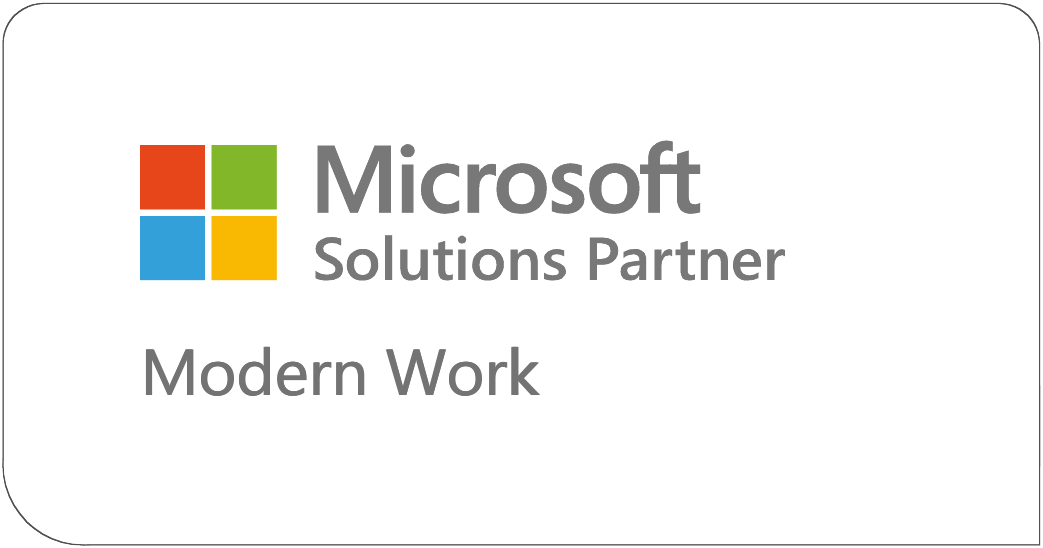When it comes to enhancing your business systems, you often face a crucial decision: should you upgrade your existing system or opt for a complete reimplementation? Both approaches have their merits and challenges, and the right choice depends on various factors specific to your organization's needs. Let's delve into the differences between upgrading and reimplementation and explore the key indicators that can guide your decision.
Upgrading: Enhancing Your Existing System
Definition: Upgrading involves updating your current system to a newer version or adding new features and functionalities. This process typically retains the core structure and data of your existing system while enhancing its capabilities.
Key Benefits:
• Cost-Effective: Upgrading is generally less expensive than a full reimplementation, as it leverages your existing infrastructure.
• Familiarity: Users are already accustomed to the system, reducing the learning curve and minimizing disruption.
• Quicker Implementation: Upgrades can often be completed faster than reimplementation's, allowing for quicker realization of benefits.
Key Indicators for Upgrading:
1. System Stability: Your current system is stable and meets most of your business needs but requires enhancements to stay competitive.
2. Budget Constraints: You have limited financial resources and need a cost-effective solution.
3. Minimal Customization: Your system has minimal customizations, making it easier to upgrade without significant issues.
4. Short-Term Needs: You need a quick solution to address immediate business requirements.
Reimplementation: Starting Anew
Definition: Reimplementation involves replacing your existing system with a new one, often from the ground up. This approach allows for a complete redesign of processes and data structures to better align with current and future business needs.
Key Benefits:
• Modernization: Reimplementation provides an opportunity to adopt the latest technologies and best practices.
• Customization: You can tailor the new system to better fit your specific business processes and requirements.
• Scalability: A new system can be designed with scalability in mind, ensuring it can grow with your business.
Key Indicators for Reimplementation:
1. Outdated Technology: Your current system is based on outdated technology that cannot support modern business processes.
2. Extensive Customization: The existing system has extensive customizations that make upgrading complex and costly.
3. Strategic Shift: Your business is undergoing a significant strategic shift that requires a complete overhaul of processes and systems.
4. Long-Term Vision: You have a long-term vision for your business that necessitates a robust, scalable, and future-proof system.
Making the Decision
Choosing between upgrading and reimplementation requires a thorough assessment of your current system, business needs, and long-term goals. Here are some steps to help you make an informed decision:
1. Conduct a System Audit: Evaluate the current state of your system, including its strengths, weaknesses, and areas for improvement.
2. Define Business Objectives: Clearly outline your business objectives and how the system needs to support them.
3. Assess Costs and Benefits: Compare the costs and benefits of upgrading versus reimplementation, considering both short-term and long-term impacts.
4. Consult Stakeholders: Engage key stakeholders, including IT, finance, and end-users, to gather insights and ensure alignment with business goals.
5. Plan for Change Management: Consider the impact on users and plan for training and support to ensure a smooth transition, regardless of the chosen approach.
In conclusion, the decision to upgrade or reimplement your system is a critical one that can significantly impact your business's efficiency and competitiveness. By understanding the differences and key indicators for each approach, you can make a well-informed choice that aligns with your organization's needs and strategic vision.



